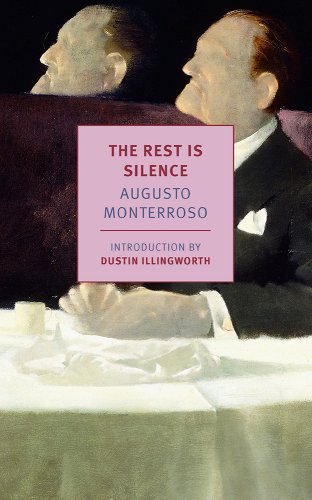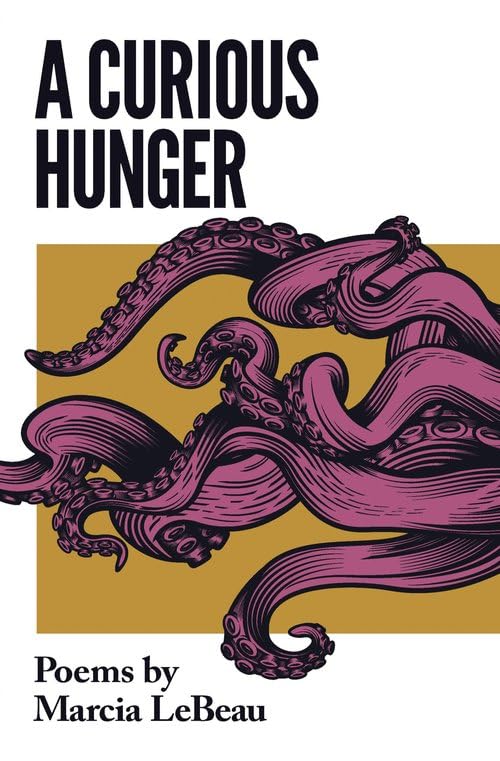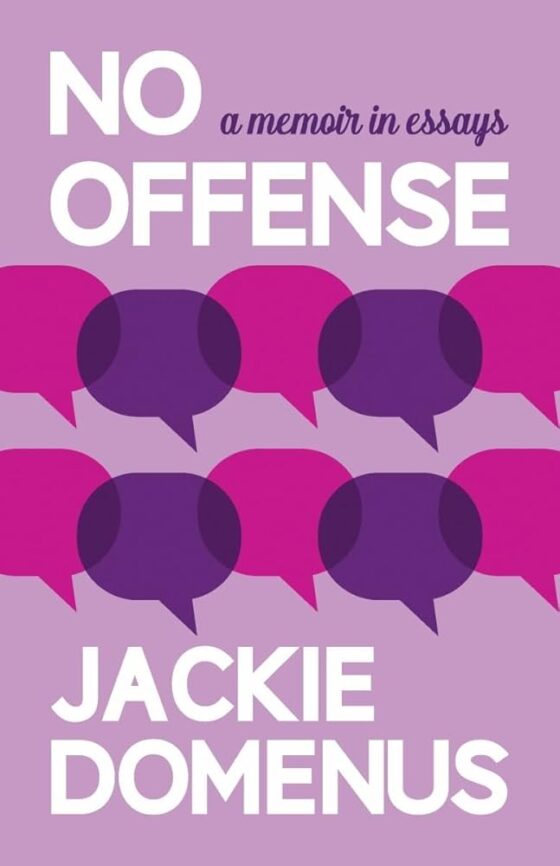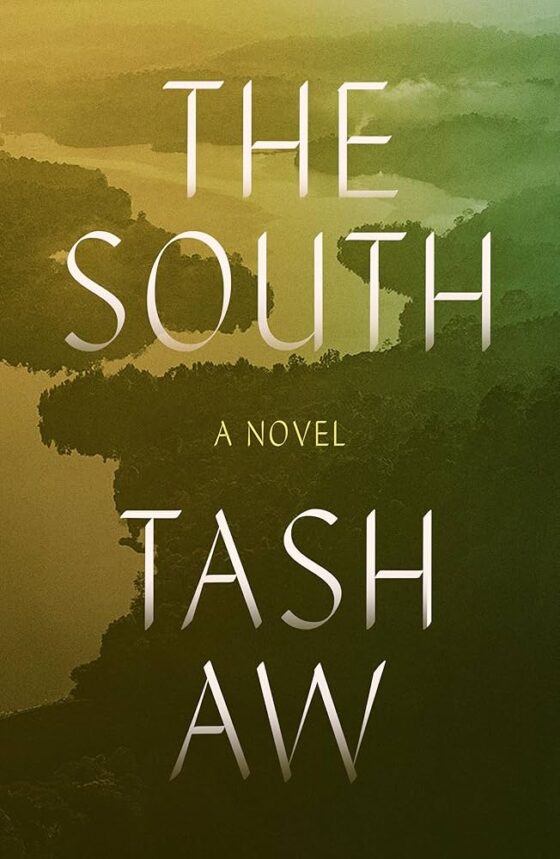
Aaron Kerner’s translator’s note from Augusto Monterroso’s The Rest is Silence (NYRB Classics, 2024) reports that in Spanish-speaking countries, the late 20th century saw newly launched cultural supplements of major newspapers replace older independent literary magazines. As a result, the few large supplements had something of a monopoly on the dissemination of culture; “their editors generally had a bully pulpit from which to dictate to the public on intellectual matters.”
The Rest is Silence takes the form of a festschrift—a collection in honor of a scholar—and is dedicated to one Eduardo Torres, a literary creation of Monterroso. Torres is a regular contributor to El Heraldo de San Blas,a fictional cultural supplement for a fictional province of San Blas, Mexico. It is the closest Monterroso came to a novel, as the Guatemalan’s preference usually lay in writing witty microfictions: “Hoy me siento bien, in Balzac; estoy terminando esta línea.” Despite assurances of his greatness, the tributes, primary sources and criticism that form this book do little to justify the esteem attributed to E. Torres. In fact, they do the opposite.
The aforementioned translator’s note does well to contextualize the kind of world in which a hack like E. Torres could be so successful. As a dictator on intellectual matters, he managed to go unchecked more often than not, but The Rest is Silence puts this to rights. Torres and his sycophantic contemporaries all follow the idea that “the only thing that lends ideas their worth is the renown of the writer who presents them to the public,” and The Rest is Silence might be considered a means to rubbishing that attitude. From personal attacks to more measured criticism, Monterroso takes jabs at literary careerism and the kind of skin deep, untested intellectuals that arise when cultural monopolies develop. By means of embarrassing his subject, Monterroso warns against stubbornness in the face of culture, as well as exhausting canonical obsessions.
Early on, the reader is encouraged to accept E. Torres as the cultural centerpiece of San Blas: “everything there is to say about E. Torres has most likely been said already.” We are late to the party and that’s that; the man’s genius is so obvious that his followers think nothing of gatekeeping it. The tributes that open the book fail to explore E. Torres’s merits, though they do reveal him in other ways.
E. Torres’s brother offers a tribute, and while he has good intentions, he doesn’t paint a complimentary picture. the picture he paints is not so complimentary. He praises E. Torres’s inability to “entertain the same idea or concept for more than an hour at a time” and the various stains he left on books in the public library. From a less sentimental point of view, these merely serve to highlight his problems with sustained critical thinking and offer an unremarkable scene from his life that, thanks to his celebrity, is apparently endearing.
These tributes also paint E. Torres as a man with too much time on his hands, who exists in a sphere of “endless leisure.” His ex-secretary’s tribute always strays from its course, digressing to anecdotes about his first love, but one of the few details about E. Torres tells of him tasking the young man to read through the newspaper and highlight anything “cultural.” As we progress, it becomes clear that it is a word which Torres would struggle to define, despite his stubborn faith in it. His wife Carmen further highlights his pretensions, in a recording which brings to mind the embittered housewives of Argentine novelist Manuel Puig, whose cutting dialogues make a mockery of any notion of domestic bliss. Torres hardly ever helps out with their children, only ever offering advice about books “as if that would . . . fill their stomachs.” She complains about her husband’s anecdotes, which she is required to laugh at over and over again at their soirées, and discusses the sorts of petty games the literati of San Blas play amongst each other. Convinced by her husband that “the style of Siddhartha or whatever can be rather difficult,” she accepts her lot and decides to learn a handful of anecdotes about distinguished writers so as to have something to say when they’re hosting. That she is a success and goes unnoticed points toward the fact that Torres and his cronies are all playing a similar game. Carmen says, “From time to time you’ll hear me mention some impressive name or other, even though if you were to dig a bit deeper you’d realize that I know about as much as Eduardo does himself.”
Carmen also points the finger towards Eduardo’s “worship of books [which] has become a mania.” He uses books as ornaments, and compares his own collection to his friends’, “tallying up all the ones that he’s missing.” Since he and his friends all share—without deviance—the same canonical obsessions, a complete bookshelf is possible for them, one which satisfies the sort of conservative reader who believes that a good author is a dead one. Despite his engagement with real-life contemporaries such as Juan Rulfo and Augusto Monterroso himself, E. Torres sticks to the classics. The centerpiece of his “oeuvre” is an error-filled introduction to a new edition of Don Quixote, and the bulge Carmen feels pressed up against her in bed is usually some edition of the first modern novel. In his contrarian fashion, E. Torres later asserts that Cervantes was a fine novelist, “until he published Quixote.”
Following the tributes are a selection of primary sources. In the absence of others to embarrass him, E. Torres manages to carry the baton. His Don Quixote introduction is embarrassing, full of errors stated with surety. For readers unfamiliar with Cervantes’s biography, the introduction is followed up by a letter of complaint, rigorously fact checking and expressing shock that a text like that made it past an editor.
Beyond some of Torres’s rather obvious and uninspired essays, we are left with a selection of the critic’s maxims and aphorisms, the best of which, we are earlier warned by one of Eduardo’s apologists, have been left out. What’s on offer is more laughable than poignant. He urges the reader to “avoid . . . the tranquil life of Byron” and of course, in groundbreaking fashion, to “never stop writing.” He quotes himself quoting Epicurus (á la Michael Scott quoting Wayne Gretzky) and offers a twelve step decalogue, “so that everyone can choose the ten that suit them.”
The book ends with a final note from Torres. Like the reader, he has read through a book that purportedly celebrates a great man, while achieving the total opposite. In one last effort at redemption, he points towards the fetschrift’s editor, a well-known satirist. In the hands of someone else, would a greater Torres emerge? His final words tell the reader that his life’s work have come to nothing: “I trust that the next time [my] paper will be used for something less ambiguous, less falsely magnanimous, less futile.”
Facing what is in essence a carefully curated character assassination, he’s left with no other option but to admit defeat. Before fading away though, there will doubtless be those who cling onto his ebbing star. Alirio Guitièrez, yet another San Blas critic, springs to mind. In a short essay, Guitièrez makes a concerted effort to defend The Burro of San Blas, another of the Torres’s error strewn efforts—a mislabeled sonnet with a painfully transparent message. E. Torres cannot even remain within the confines of the poetic form he’s chosen. Rather than acknowledging its faults, Guitièrez prefers to herald the poem as “an absolutely novel sort of structure . . . for which the . . . author should be congratulated.” It’s unlikely that Guitiérez would recognise a “new form” if it had come from the pen of another. But under the right eyes, everything that Torres touches turns to gold.
These conceited attitudes run throughout The Rest is Silence, and Monterroso’s book is an attempt at highlighting them as the kinds of pretentious and vapid sentiments that arise when cultural matters are dictated. Its arrival into English will, hopefully, keep a wider audience of readers in check.




